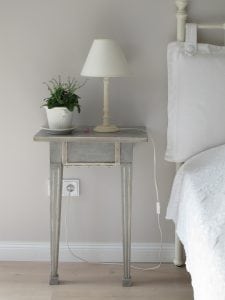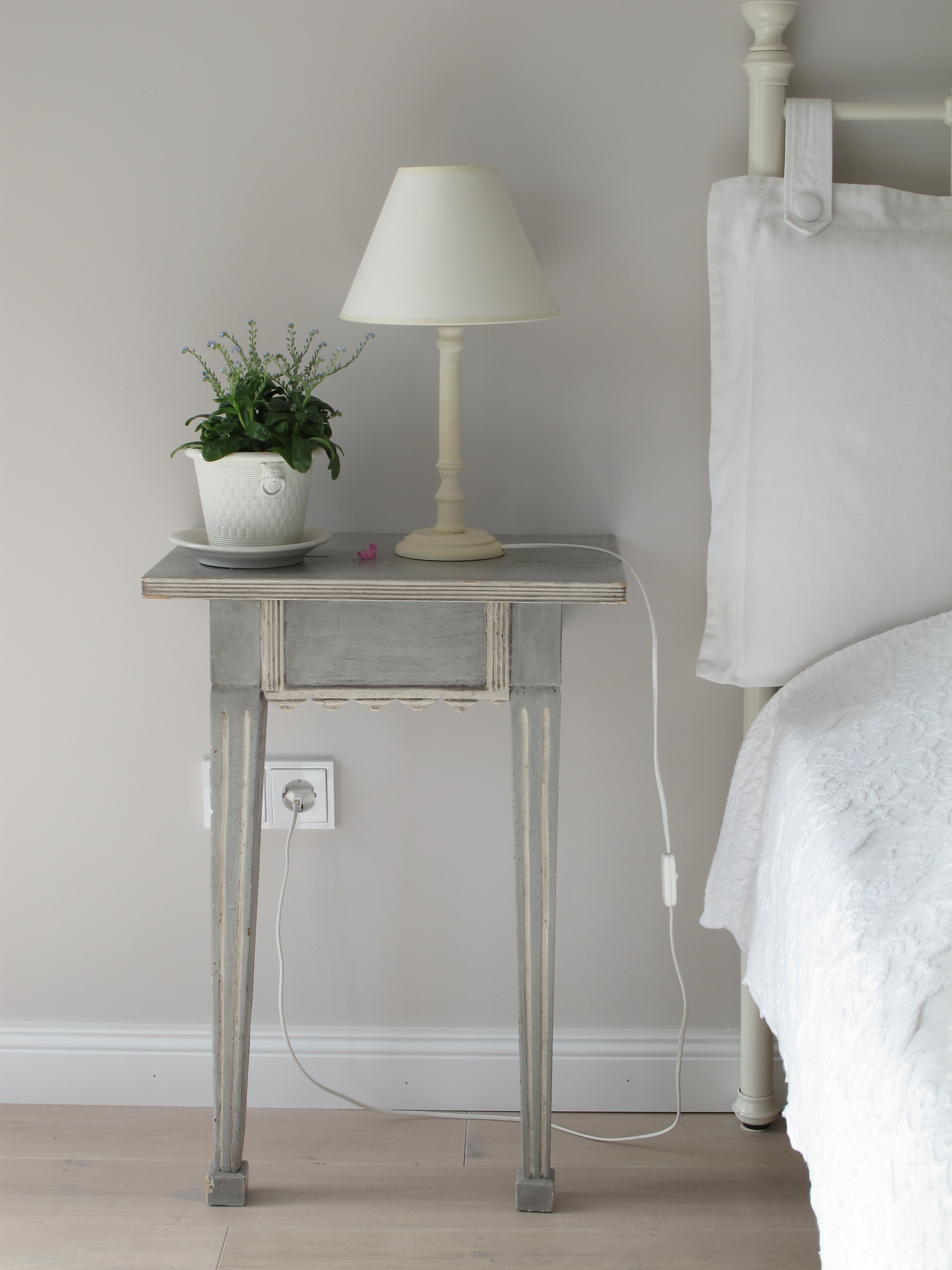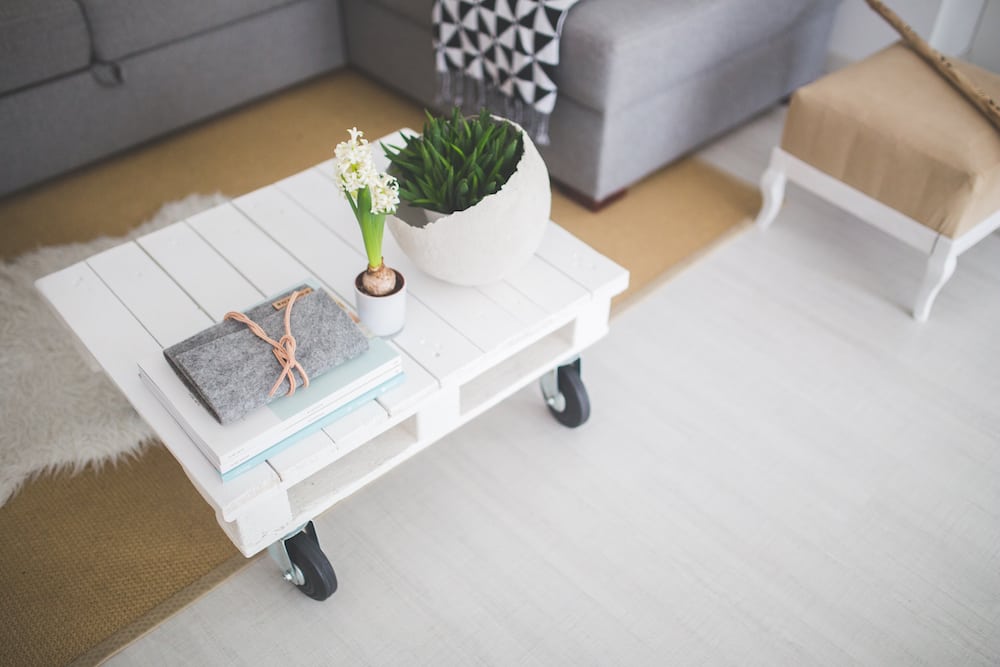Houseplants for Better Sleep
 According to the principles of Feng Shui, strategic placement of objects can mean the difference between health and illness. Placing houseplants in the main living areas of a house, for example, can enhance the flow of energy through the entire structure. Similarly, placing houseplants in the bedroom can mean better sleep for the occupants of the house.
According to the principles of Feng Shui, strategic placement of objects can mean the difference between health and illness. Placing houseplants in the main living areas of a house, for example, can enhance the flow of energy through the entire structure. Similarly, placing houseplants in the bedroom can mean better sleep for the occupants of the house.
There are several reasons why houseplants can promote better sleep.
a) Healthy plants are a source of cleaner air; because plants release oxygen, they can bring the air quality of a room up several notches. Some plants produce more oxygen during the night; these are snake plants and bromeliads, aloe and orchids. Placing these houseplants in the bedroom will enhance night-time sleep.
b) Most plants remove toxins from the air pollutants that are found in houses— such as formaldehyde, benzene, xylene, ammonia, acetone, ethyl acetate. Houseplants can actually absorb these pollutants through their leaves and convert them to harmless substances. New findings suggest that plants can be a good antidote to the sick building “disease” most often caused by our unsustainable high tech innovations for convenience. A single spider plant in a closed chamber containing formaldehyde can remove 85% of the pollutant within 24 hours. Experts estimate that fifteen houseplants can make a dramatic impact on clean air quality in an average house. Some houseplants seem to be particularly effective in absorbing and removing indoor pollutants. These are, to name a few, Chinese evergreen, dracaena, orchids, golden pothos, Norfolk Island pine, red emerald philodendron, spider plant, schefflera and snake plant.
c) Houseplants also act as purifiers of animal bioeffluents substances (bioeffluents: An organic contaminant, especially an atmospheric pollutant that emanates from the bodies of humans or animals.) not produced by materials in a building, but by humans and animals. These include carbon dioxide, carbon monoxide, hydrogen, methane, alcohol, and others. Houseplants do a wonderful job of converting these bioeffluents into harmless substances. Peace lilies, parlor palms, chrysanthemums, for example, are wonderful houseplants that purify the air of biological and biochemical toxins. Moreover, the moisture given off by plants suppress the formation of airborne microbes, thus diminishing the ‘allergenic’ potential of the bedroom.
d) The green foliage of most houseplants also soften the mood of a room. They can mute away harsh corners, endow a bare window with charm or render a touch of symmetry to oddly furnished walls. In general, houseplants give a pleasant, soothing effect to the bedroom, an effect that promotes relaxation and sleep. They also absorb odors and fumes, replenish the air with oxygen and humidity, keeping the temperatures cool and sustainable for better sleep. No wonder the most attractive bedrooms in ‘Better Homes’ magazines are always shown with several charming house plants strategically placed in various spots. And if you are still unsure about the positive effects of plants on human emotions, take note of this: a study by the Washington State University found that people with plants in their work environment were 12 percent more productive and had lower blood pressure than people who did not have plants. There is much support for the idea that the botanical world is inextricably linked to the human psyche and that houseplants can promote better sleep.
However, the air-cleaning abilities of these houseplants are jeopardized if the plants are sick, unhealthy or unclean. Unhealthy houseplants are perfect invitations for insect infestations which produce mold spores that are highly allergenic. To ensure that your houseplants will give you better sleep, you must keep them cleaned and trimmed, free of insects or mites as these are easy sources of allergies and breathing spasms. As well, choose plants that do not shed pollen.




